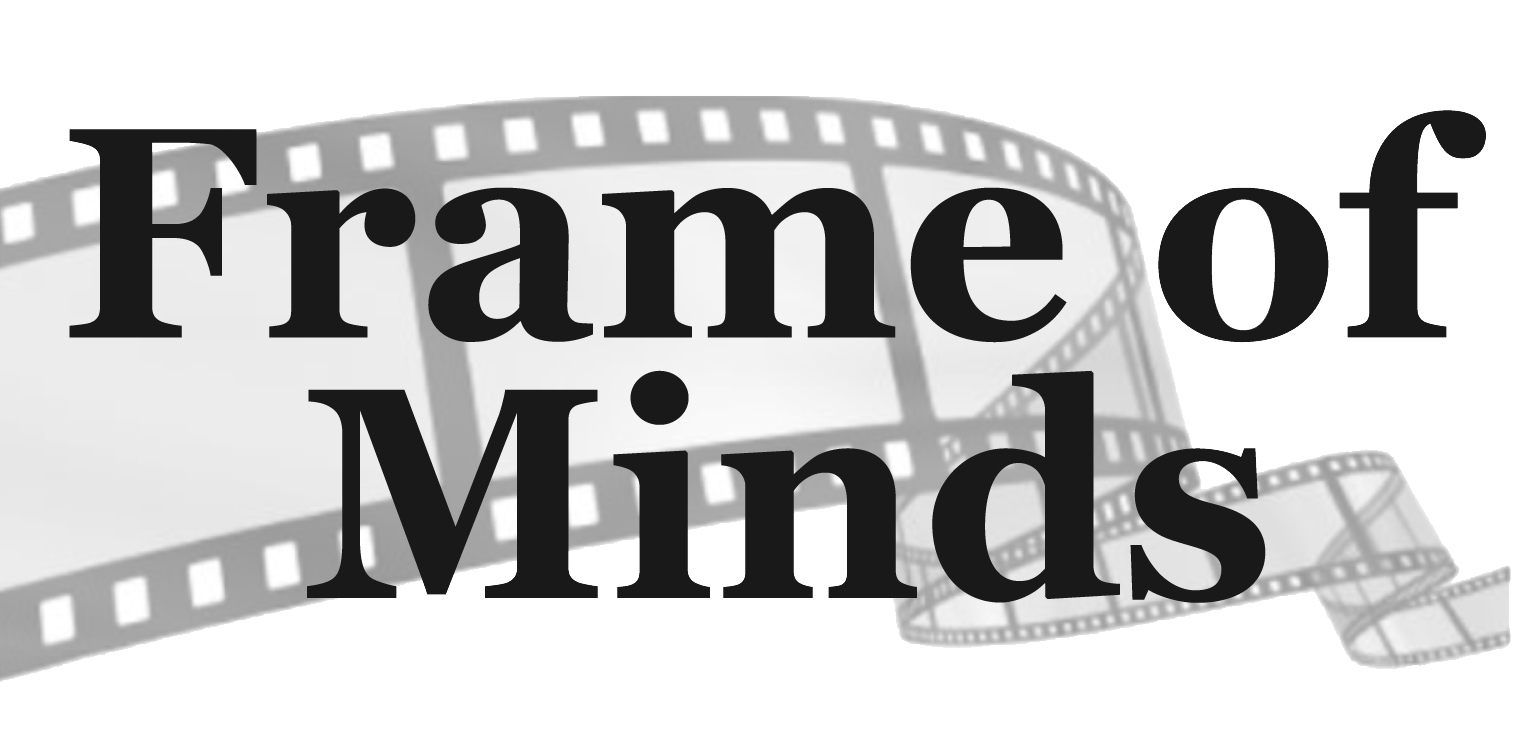Architecture and Design
Frank Lloyd Wright House
The Geometry and Symmetry of Frank Lloyd Wright’s architechural designs inspire in so many ways, from the math of how it works to the almost sci-fi feel of some of his designs. Join us today to be inspired to create your own architechural marvels.
Geometry B – Visualize relationships between two-dimensional and three-dimensional objects.
Identify the shapes of two-dimensional cross-sections of three-dimensional objects.
Identify the shapes of two-dimensional cross-sections of three-dimensional objects.
